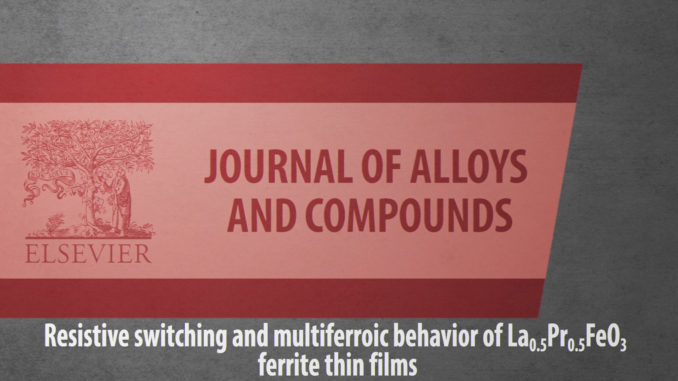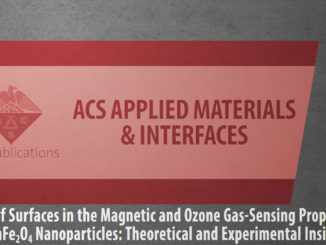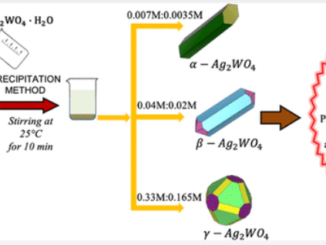
Resistive switching and multiferroic behavior of La0.5Pr0.5FeO3 ferrite thin films
Abstract: This study examines resistive switching behavior and magnetoelectric coupling in La0.5Pr0.5FeO3 thin films obtained through the polymeric precursor method at a temperature of 500 °C for 2 h. The real and imaginary part of dielectric constant (ε′ and ε″) as a function of temperature demonstrate significant values with increasing temperature and can be caused by the ferroelectric ordering in the present system. The magnetic and dielectric measurements suggest a coupling between magnetic and electric dipoles at room temperature. The magnetization versus temperature curves under zero-field cooling (ZFC) and field cooling (FC) conditions suggest antiferromagnetic to ferromagnetic transition. The maximum magnetoelectric coupling value is ∼0.06 for H ∼1.7 T. By varying the applied electric field, we noted the resistive memory phenomenon from current-voltage (I–V) characteristics being reversibly switched between two stable resistance states. Such behavior can be ascribed to the electron hopping from Fe2+ to Fe3+ levels with oxygen vacancies present in the lattice, as evidenced using XPS analysis. These state-of-art analyses motivated us to study the introduction of praseodymium (Pr) in La3+ sites, considering that LaFeO3 shows paramagnetic behavior at room temperature. La0.5Pr0.5FeO3 thin films exhibited slightly ferromagnetic behavior associated with coupling between cations at the octahedral and tetrahedral sites with the coexistence of resistive switching and magnetoelectric coupling behavior.
Author(s): Ranieri, M.G.A.; Ortega, P.P.; Moreno, H.; Ramirez, M.A.; Aguiar, E.C.; Simões, A.Z.
Journal of Alloys and Compounds
Published: 15 January 2021, Volume 851, 156936
DOI: https://doi.org/10.1016/j.jallcom.2020.156936
CDMF
The CDMF, hosted at the Federal University of São Carlos (UFSCar), is one of the Research, Innovation and Dissemination Centers (RIDC) supported by the São Paulo State Research Support Foundation (Fapesp), and also receives investment from the National Council Scientific and Technological Development (CNPq), from the National Institute of Science and Technology of Materials in Nanotechnology (INCTMN).




